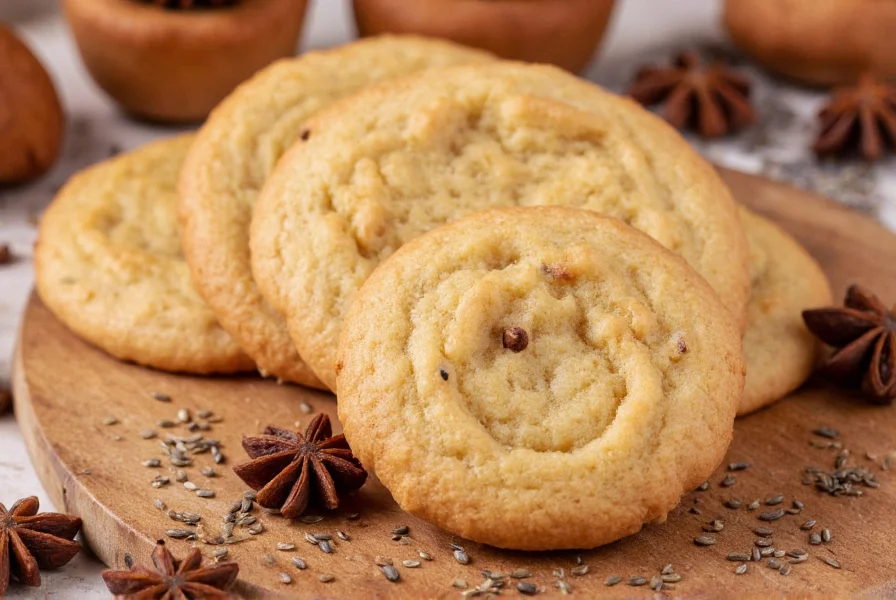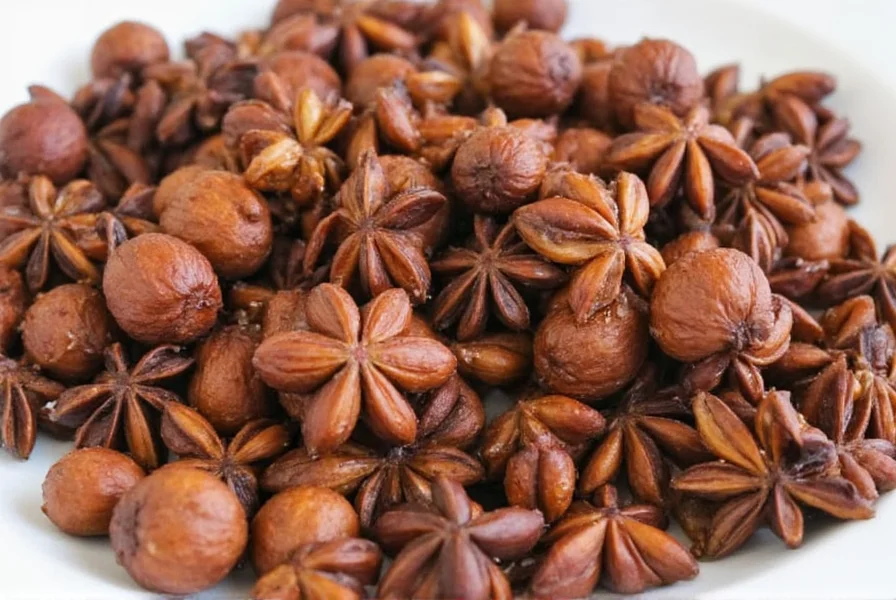Anise seeds have been enhancing culinary creations for centuries, from ancient Roman feasts to modern Mediterranean kitchens. This small but mighty spice delivers a sweet, aromatic flavor that elevates baked goods, savory dishes, and beverages when used correctly. Understanding how to incorporate anise properly makes the difference between a dish that shines and one that overwhelms.
What Is Anise and How Does It Taste?
Anise (Pimpinella anisum) is a flowering plant in the celery family whose seeds contain essential oils that create its signature flavor. Unlike star anise (a completely different plant), true anise seeds are small, grayish-brown crescents with a warm, sweet aroma reminiscent of licorice but more delicate. When toasted, anise releases complex notes of fennel and mint that complement both sweet and savory applications.

Perfect Pairings: What Flavors Complement Anise
Anise works beautifully with specific ingredients that balance its distinctive profile. Professional chefs recommend these complementary pairings:
| Dish Type | Best Flavor Pairings | Recommended Ratio |
|---|---|---|
| Baked Goods | Citrus zest, cardamom, almonds | 1 tsp anise per 3 cups flour |
| Savory Dishes | Fennel, tomatoes, olive oil | 1/2 tsp crushed anise per serving |
| Beverages | Lemon, honey, mint | 1/4 tsp anise per 8 oz liquid |
| Desserts | Vanilla, chocolate, dried fruit | 1/2 tsp anise per dessert portion |
Essential Techniques for Using Anise
Maximize anise's potential with these professional techniques:
Dry Toasting Method
Place seeds in a dry skillet over medium heat for 2-3 minutes until fragrant. This process intensifies the aromatic compounds by up to 40% according to culinary research. Cool completely before grinding for optimal flavor release in baking.
Infusing Liquids
For syrups, creams, or broths, add crushed anise seeds during the heating process. Simmer for 5-7 minutes to extract maximum flavor without bitterness. Strain before using in your authentic anise cookie recipes.
10 Authentic Anise Recipes to Try
Traditional Italian Anise Biscotti
These twice-baked cookies from Tuscany feature the perfect anise-to-almond balance that has delighted palates since the Renaissance. The secret lies in toasting the seeds before incorporation.
Mediterranean Fish Stew with Anise
A Provençal specialty where anise complements the natural sweetness of fresh fish. The spice cuts through richness while enhancing herbal notes in the broth. Serve with crusty bread for dipping.
Classic Greek Melekouni (Anise Cookies)
These ancient sesame-anise cookies date back to Byzantine times. The combination of toasted anise seeds and honey creates a complex flavor profile that improves after 24 hours of resting.
Homemade Anise Extract
Create your own extract using food-grade alcohol and freshly crushed anise seeds. Let steep for 6 weeks in a dark place for the most authentic flavor. This homemade anise extract surpasses store-bought versions in both potency and purity.

Common Anise Mistakes to Avoid
Many home cooks struggle with anise because of these preventable errors:
- Using too much - Anise dominates when overused. Start with half the recommended amount and adjust
- Adding at the wrong time - In baking, add ground anise late in the mixing process to preserve volatile oils
- Confusing with star anise - These are different spices with distinct flavor profiles and uses
- Using old seeds - Anise loses potency after 6 months; store in an airtight container away from light
Anise Substitutions When You're Out
While nothing perfectly replicates true anise, these alternatives work in a pinch:
- Fennel seeds (use 30% less) for savory dishes
- Star anise (1 pod equals 1 tsp anise seeds) for braises and stews
- Anise extract (1/4 tsp equals 1 tsp seeds) for baking
- Tarragon (sparingly) for herbal notes in sauces
Storing Anise Properly
Preserve your anise's potency with these storage methods:
- Keep whole seeds in airtight glass containers away from light and heat
- Grind only what you need for immediate use
- Freeze seeds for long-term storage (up to 2 years)
- Check freshness by crushing a seed - it should release a strong aroma
Frequently Asked Questions
Can I use star anise instead of anise seeds in baking recipes?
While star anise comes from a different plant, you can substitute it in some recipes at a 1:3 ratio (1 star anise pod equals 3 teaspoons anise seeds). However, star anise has a stronger, more medicinal flavor that works better in savory dishes than delicate baked goods. For authentic anise cookie recipes, true anise seeds provide the best results.
Why do my anise cookies taste bitter?
Bitterness usually occurs when anise seeds are over-toasted or used in excess. Anise contains volatile oils that turn bitter when exposed to high heat for too long. For perfect anise recipes, toast seeds just until fragrant (about 2 minutes), cool completely before grinding, and never exceed 1 teaspoon per 3 cups of flour in baking applications.
How can I make anise flavor more subtle in my recipes?
To mellow anise's distinctive flavor, pair it with complementary ingredients like citrus zest, vanilla, or honey. Toasting the seeds properly also creates a more rounded flavor. For Mediterranean anise recipes, combining with fennel or茴香 (fennel) creates a more complex profile where neither spice dominates. Start with half the recommended amount and adjust to taste.
What's the difference between anise and fennel?
Though both have licorice notes, anise (Pimpinella anisum) and fennel (Foeniculum vulgare) are different plants. Anise seeds are smaller, sweeter, and more potent, while fennel has a milder, fresher flavor. In traditional anise bread recipes, substitution isn't recommended as the flavor profiles differ significantly. Anise works better in sweet applications, while fennel shines in savory dishes.











 浙公网安备
33010002000092号
浙公网安备
33010002000092号 浙B2-20120091-4
浙B2-20120091-4